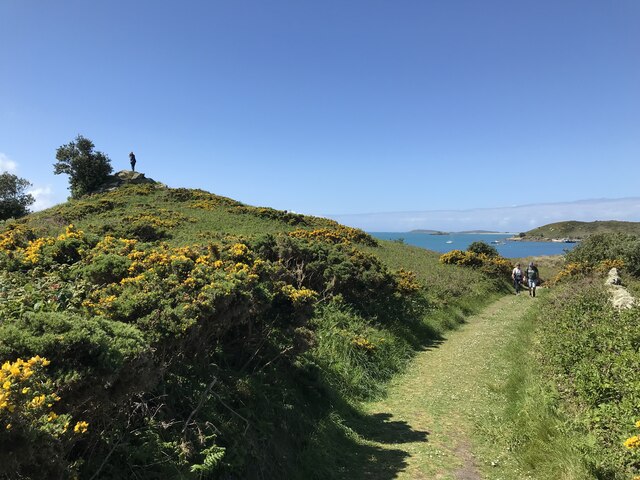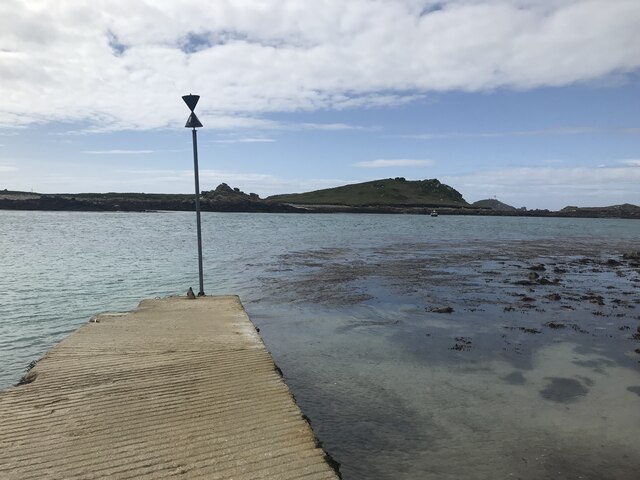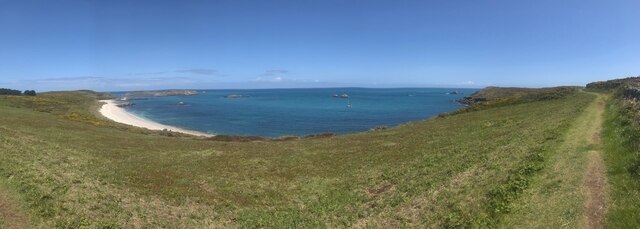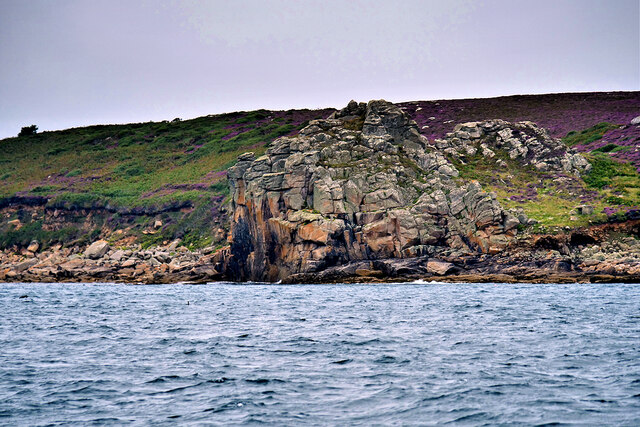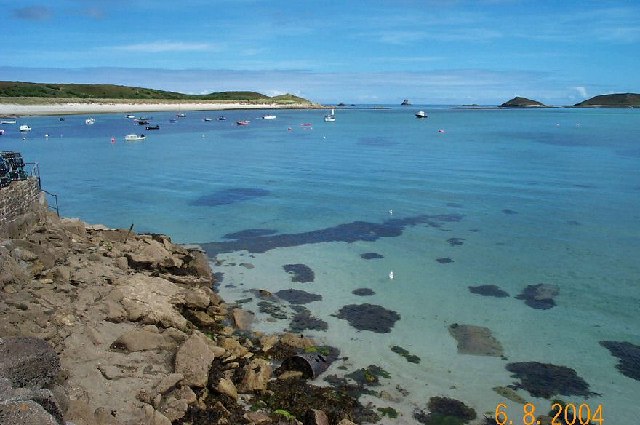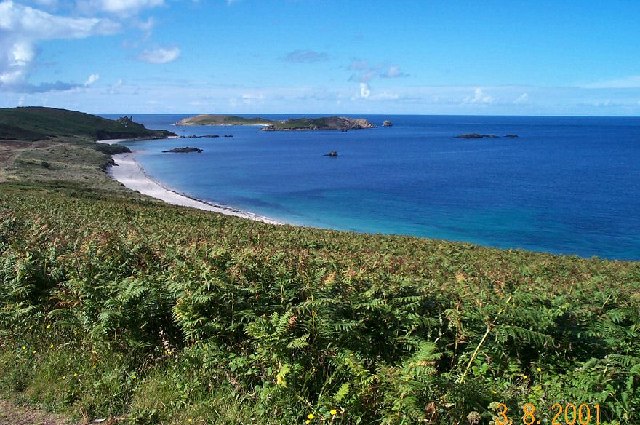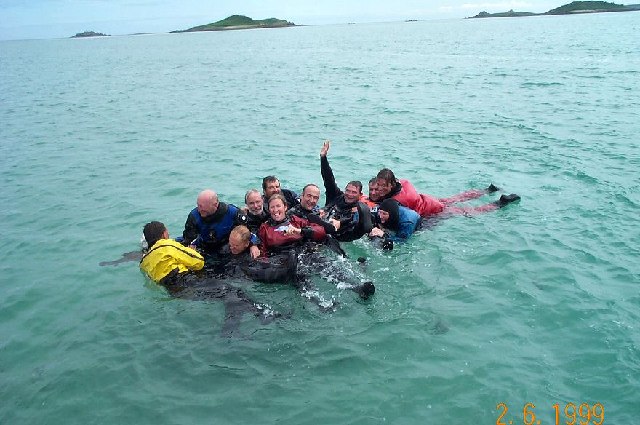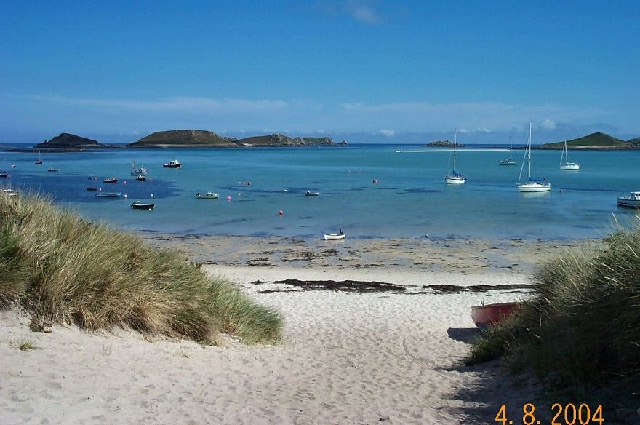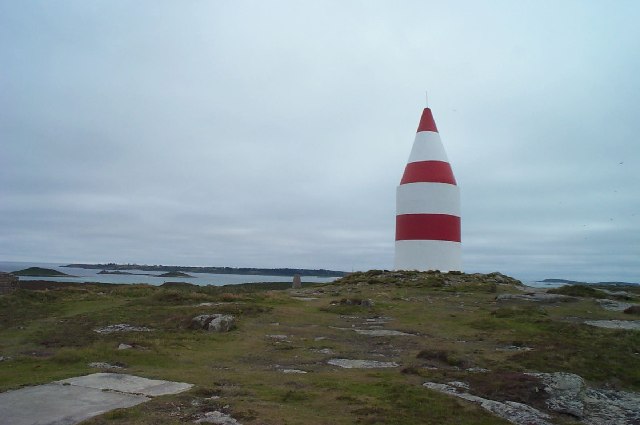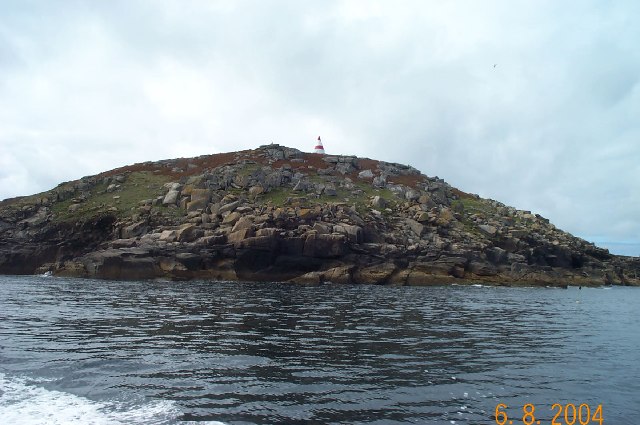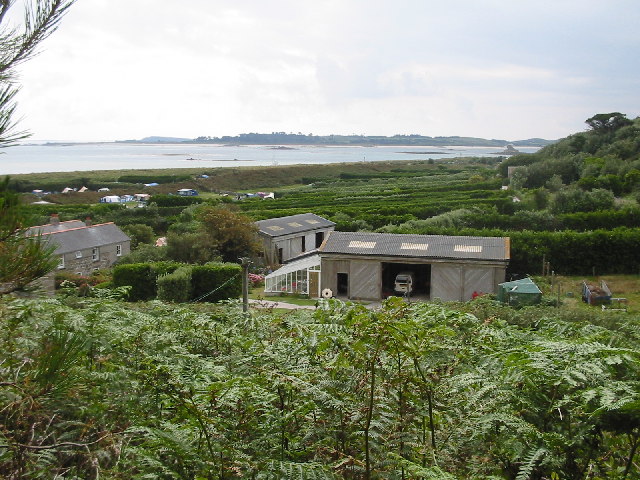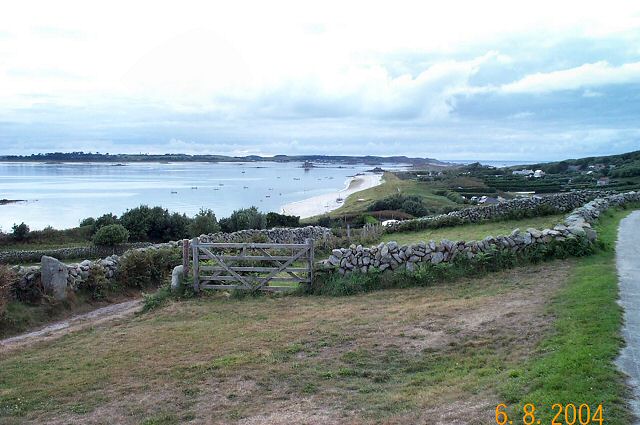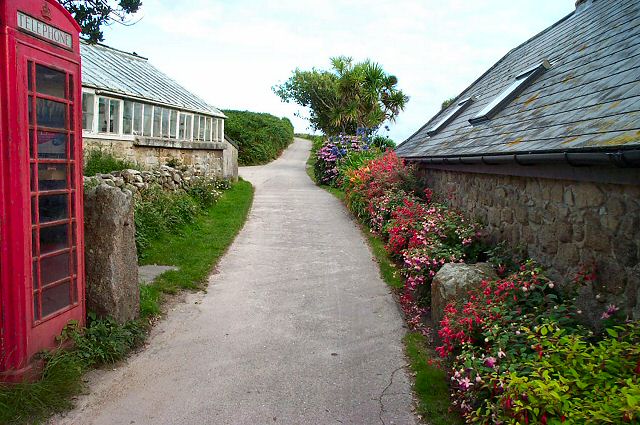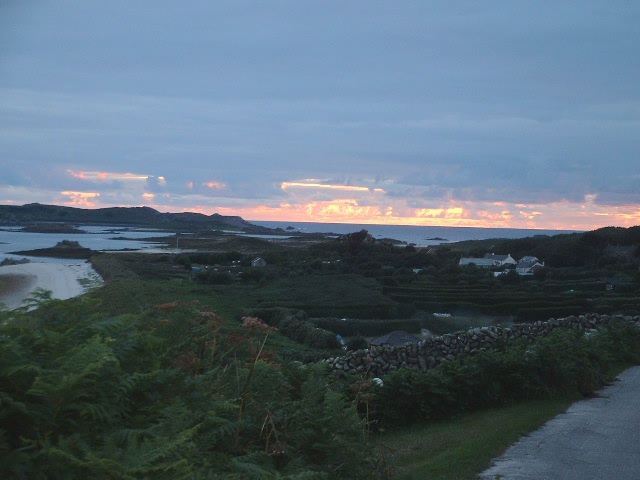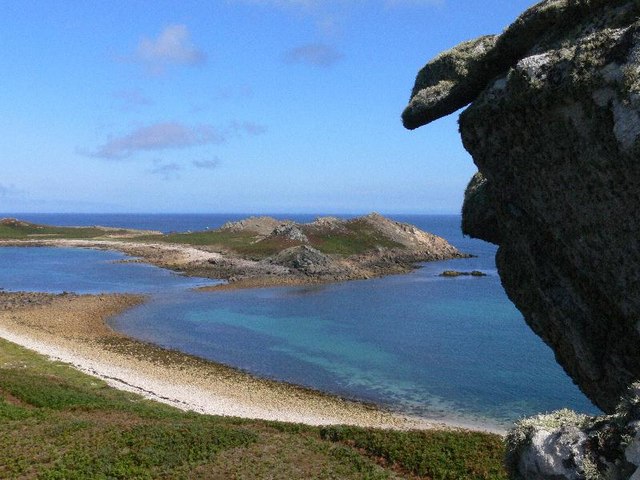Little Ledge of Mackerel Rocks
Island in Cornwall
England
Little Ledge of Mackerel Rocks
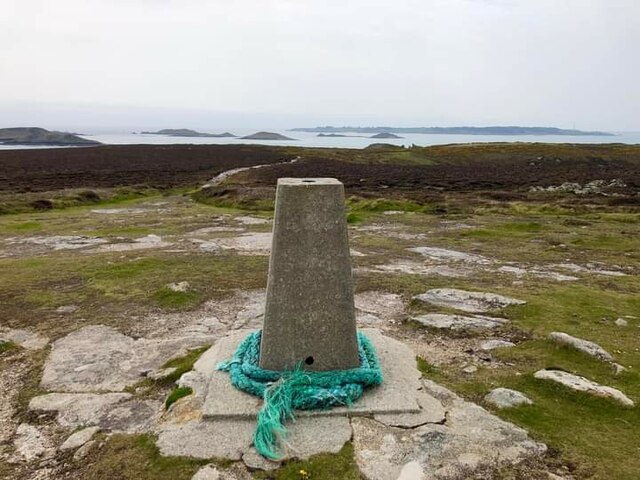
Little Ledge of Mackerel Rocks is a small island located off the coast of Cornwall, England. Situated in the Atlantic Ocean, it is known for its rugged landscape and rich biodiversity. The island is approximately 1 acre in size and is accessible by boat or during low tide when a natural causeway emerges.
The rocky coastline of Little Ledge of Mackerel Rocks is characterized by towering cliffs and hidden coves, making it a popular destination for rock climbers and nature enthusiasts. The island offers breathtaking panoramic views of the surrounding ocean and is a haven for birdwatchers, as it attracts a variety of seabirds such as gannets, puffins, and cormorants.
The island's vegetation mainly consists of hardy grasses, mosses, and lichens, which cling to the rocky terrain. It is also home to a diverse range of marine life, including seals, dolphins, and a variety of fish species, hence its name "Mackerel Rocks." During low tide, visitors can explore the fascinating rock pools teeming with colorful sea anemones, crabs, and small fish.
Little Ledge of Mackerel Rocks has a rich history, with archaeological evidence suggesting human occupation dating back to the Neolithic period. The island was used as a lookout point during World War II due to its strategic location, and remnants of old military structures can still be seen today.
While the island is not inhabited, it is a popular spot for day trips and picnics. Visitors are advised to check the tide times to ensure safe access and to be mindful of the fragile ecosystem. Little Ledge of Mackerel Rocks offers a unique and captivating experience for those seeking to immerse themselves in the stunning natural beauty of Cornwall's coastline.
If you have any feedback on the listing, please let us know in the comments section below.
Little Ledge of Mackerel Rocks Images
Images are sourced within 2km of 49.970357/-6.2851851 or Grid Reference SV9216. Thanks to Geograph Open Source API. All images are credited.
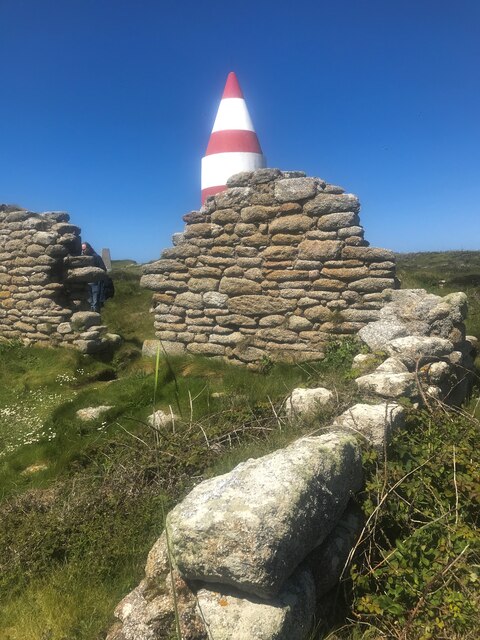
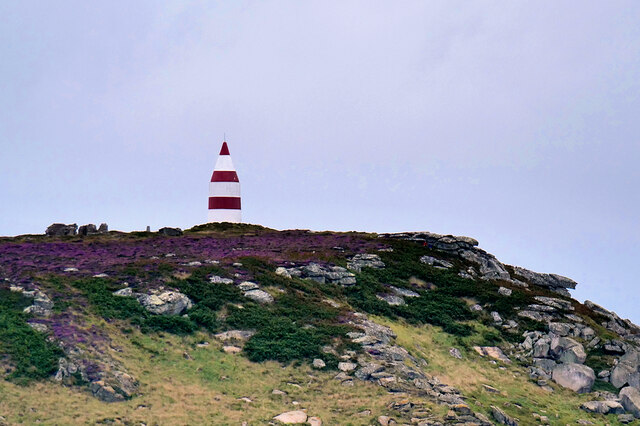
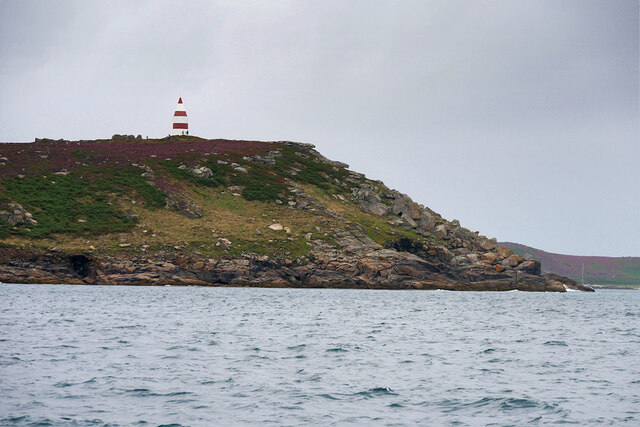
Little Ledge of Mackerel Rocks is located at Grid Ref: SV9216 (Lat: 49.970357, Lng: -6.2851851)
Division: Isles of Scilly
Unitary Authority: Isles of Scilly
Police Authority: Devon and Cornwall
What 3 Words
///clogging.rash.perfected. Near St Martin's, Isles of Scilly
Nearby Locations
Related Wikis
St Martin's, Isles of Scilly
St Martin's (Cornish: Brechiek, lit. 'dappled island') is the northernmost populated island of the Isles of Scilly, England, United Kingdom. It has an...
Middle Town, St Martin's
Middle Town (Cornish: Tregres) is a small settlement on the island of St Martin's in the Isles of Scilly, England. It is situated slightly inland, approximately...
St Martin's Church, St Martin's
St Martin's Church, St Martin's is a Grade II listed parish church in the Church of England located in St Martin's, Isles of Scilly, UK. == History... ==
White Island, Isles of Scilly
White Island (Cornish: Ar Nor, "facing the mainland" or Enys Wynn "white island" ) is one of the larger unpopulated islands of the Isles of Scilly, part...
Nearby Amenities
Located within 500m of 49.970357,-6.2851851Have you been to Little Ledge of Mackerel Rocks?
Leave your review of Little Ledge of Mackerel Rocks below (or comments, questions and feedback).
